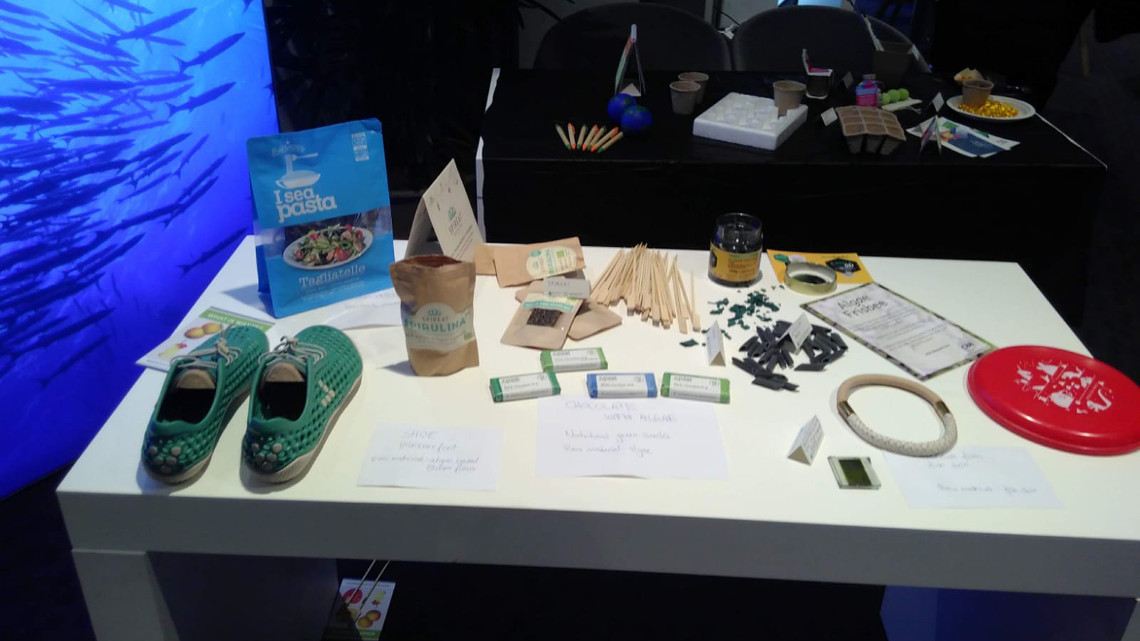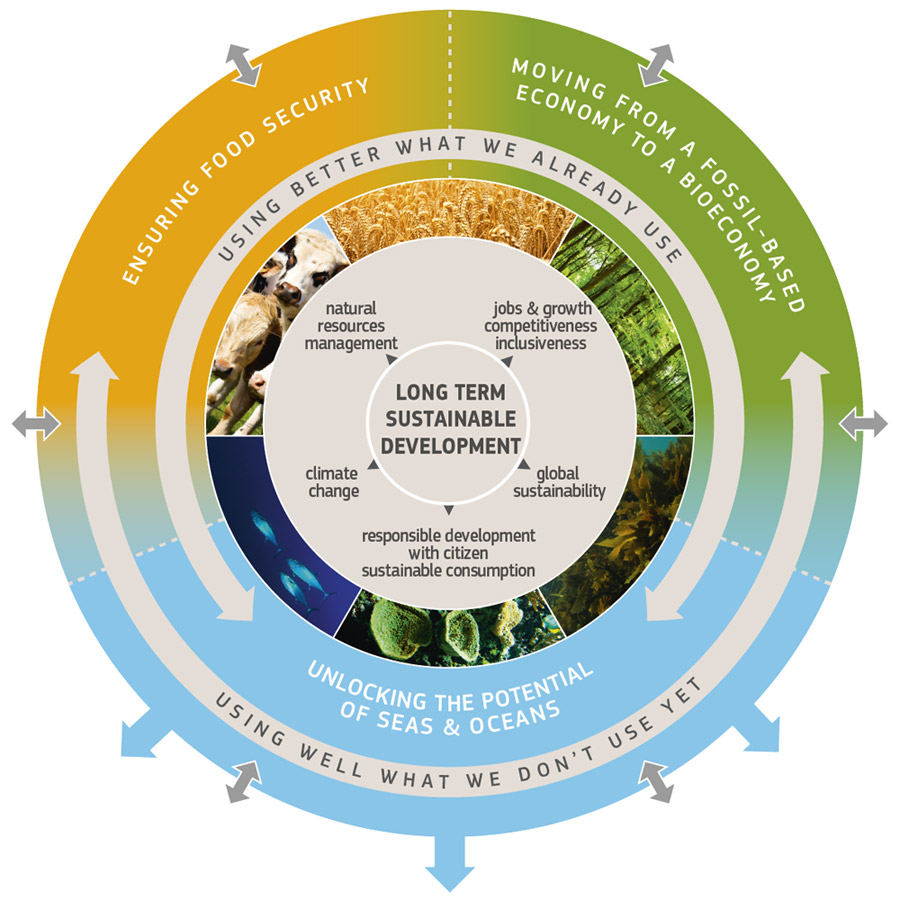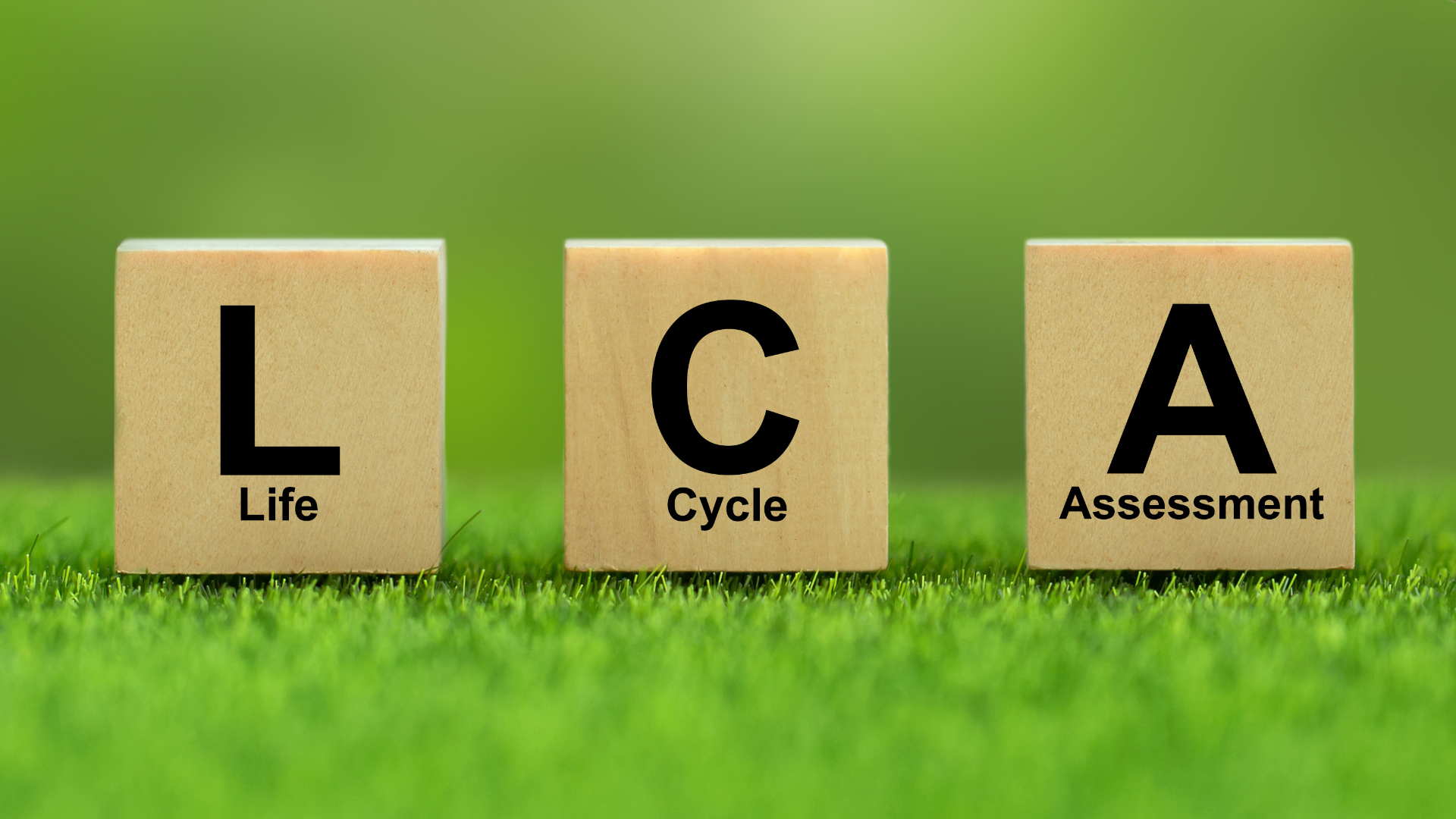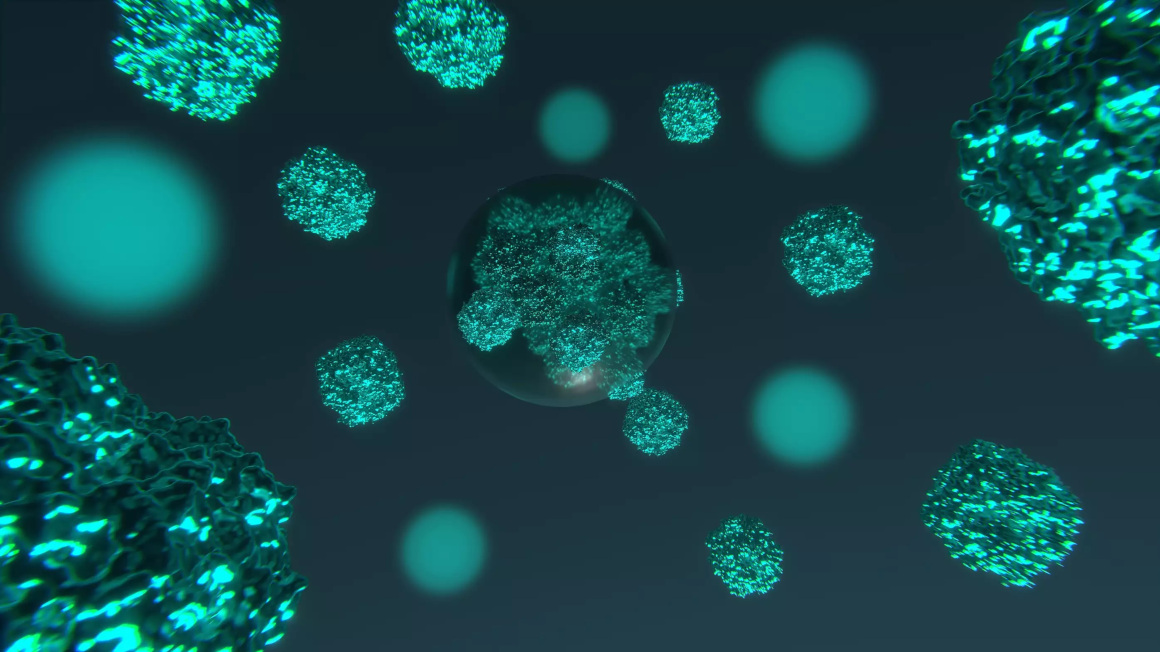The European way of bioeconomy
More than 500 bioeconomy experts from policy, industry and research joined a conference in Brussels organised by the European Commission to discuss the new European bioeconomy strategy.

It’s been more than six years since the European Commission has launched and adopted the first Bioeconomy Strategy for Europe. Back then in 2012, the strategy tried to establish a first framework of European public support to push the use of renewable biological resources for industrial use and to encourage the foundation of a post-petroleum energy independent Europe. Now, conditions have changed and sustainability as well as circular thinking have become more important. Taking these developments into account, an updated version of the European bioeconomy strategy was officially published in mid-October; it contains adjusted policy measures to the Global Sustainable Development Goals (SDGs) and the circular economy movement. Given that the bioeconomy’s contribution to the EU gross value is already estimated at around 4%, the European Commission’s Directorate-General for Research, Science and Innovation organised a High-Level Bioeconomy conference in Brussels on October 22 to communicate the changes of the new strategy and to advocate for the vast areas of application.
The new strategy includes a three-tiered plan to accelerate the deployment of a sustainable European bioeconomy via a strengthening and scale-up of the bio-based sector, the deployment of local bioeconomies across Europe as well as understanding the ecological boundaries of the bioeconomy. The goal: maximise the bioeconomy-contribution towards the 2030 Agenda and its SDGs, as well as the Paris Climate Agreement.
Bioeconomy important for rural rejuvenation
More than 500 bioeconomy experts from all over Europe followed the invitation of the European Commission to talk about new focus topics and measures. The conference, which took place in the Charlemagne building in Brussels, was live-streamed online and was opened by John Bell, the director of bioeconomy at the DG Research and Innovation. He emphasised that the new bioeconomy strategy will enable it to take the next step from an aspirational concept into reality. In his view, “Bioeconomy is the face of the next economy”.
Bell was followed by Carlos Moedas, EU Commissioner for Research, Science and Innovation, who stressed that the new strategy is no longer just a research and innovation strategy but holds enormous untapped potential for all EU citizens – especially for those living in rural areas. At the same time, he urged the audience to be proactive in the realization and be vocal in the discussions about the bioeconomy. He gave the example of the light bulb, which at first was met by skepticism and rejection nearly 140 years ago, but is now universally appreciated. Moedas also emphasised the need for a new thinking. "We can’t continue to consume in the same linear way without consequences. Somehow we have to maintain the same quality of life, and also protect our planet. And bioeconomy is a way to do that," he said. Moreover, Moedas highlighted the broad applicability: “Bioeconomy is a means to many, many ends! And this new strategy must connect that idea to the European citizens.”
Rounding out the high-level welcome addresses was Phil Hogan, EU commissioner of Agriculture and Rural Development. “It is clear that the bioeconomy, if we handle it correctly, can tick multiple boxes,” the Commissioner said, adding that beyond boosting rural economy and contributing to the climate challenge, it will create a new, integrated agricultural value chain. He further pointed out the many successful examples and applied best practices of bioeconomy projects all over Europe and called upon the audience members to build on these foundations and adapt them for their own regions. According to Hogan, the revised strategy provides the policy backdrop for this to happen. It will address for instance food waste, losses, and by-products (including nutrient recycling), resilience, the need for nutrition-sensitive food production, more food from the sustainable use of seas and oceans with an increased share of EU aquaculture production and market uptake.
He also acknowledged that the need for food, feed and fibre will continue to grow and therefore introduced a new budget proposal: “For the next European Union budget spanning the years 2021 to 2027 the commission is proposing €100 billion for Horizon Europe. It will be the most ambitious research and innovation programme ever!” Moreover, with the launch of this revised EU bioeconomy strategy, the commission estimates that the bio-based industries can generate up to €1 million new jobs by 2030. Those additional jobs will be especially valuable in rural areas, continued Hogan and explained: “One more rural job means one more family living in rural areas and participating in local businesses and social activities. Thus, the bioeconomy strategy is an important part of the commission’s plan for rural rejuvenation.”
The graphic illustrates the three pillars of a successful and sustainable bioeconomy:
- Ensuring food security
- Leaving the fossil-based economy behind
- Unlocking the potential of seas and oceans

A three-tiered action plan
Following the three speakers, a short video outlined the major changes in the revised strategy to foster the realisation of a pan-European bioeconomy: Firstly, the EC aims to boost the bio-based sector via unlocking investments and markets, deploying innovative bio-based solutions and developing substitutes for plastics. Secondly, the deployment of local bioeconomies will be encouraged across Europe through the transition to sustainable food and farming systems, sustainable forestry and more diversified revenues for farmers and fishermen. And last but not least, a better understanding of ecological boundaries will enhance the knowledge base on biodiversity and ecosystems. As stated in the video, with these three priorities, Europe wants to set the course for a more innovative and sustainable bioeconomy.
Towards healthy food and a circular economy
Afterwards, the conference programme was divided into four thematic sessions, spanning topics from social implementations of the bioeconomy strategy, to strategic research priorities, local development and new investments for the bio-based sector. Throughout the event, a bioeconomy corner, organised by the European Bioeconomy Network, showcased tangible bio-based products and applications for everyday life. The network bundles a wide range of EU funded projects such as BIOVOICES, BIOWAYS, Biobridges, BioCannDo, Agrimax, First2Run, CommBeBiz, Leguval, BIOBOTTLE, BioSTEP and many others which are focussing on communicating the bioeoonomy.
The session regarding research priorities addressed the need of strategic research and innovation for key bioeconomy areas. One major topic was the research into agricultural and food systems as well as new technologies and processes linked to it. Here, Jochen Weiss, Professor at University Hohenheim and co-chair of ETP “Food for Life”, pointed out that new sources for food are key: “Food needs to be sustainable and sustainably healthy!” One example would be insect-based food, which is rich in protein, but sustainable in its production and due to its low fat content also considered healthy.
The final session, focusing on investments, markets and the bio-based sector, was chaired by Christine Lang, co-chair of the German Bioeconomy Council. According to her, there are three main issues that need to be addressed on the road to a successful bioeconomy: Big industries need to invest in the bioeconomy, a level playing field for biobased products is needed and society needs to move from a linear to a circular economy.
Former French soccer star Mathieu Flamini was also invited to share his views and experiences. As a co-founder of GFBiochemicals, which produces levulinic acid with potential uses in personal care, flavour and fragrance industry, pharma, dietary supplements, resins, and coatings, he urged politicians that being properly funded is one of the major challenges for companies in the sector. “It’s not only about allocating more subsidies, but also about how to better distribute these aid measures,” he said, urging that moving from the pilot project to the industrial stage demands sufficiant amounts of money. In additon, he emphasised the need for communication. “It is important to engage with people. All of us here know very well what bioeconomy is but people in the street won’t know," Flamini said.
Other industrials such as Catia Bastioli, the CEO of Italian bioeconomy company Novamont demanded sustainable approaches: "We need to create low impact industries, without using land."
Christine Lang concluded by highlighting the important role of new technological approaches for reaching the goals of a sustainable bioeconomy: “Don’t forget, biotech and high-tech are the drivers of the bioeconomy – we have to think globally to remain competitive!”
jmr


